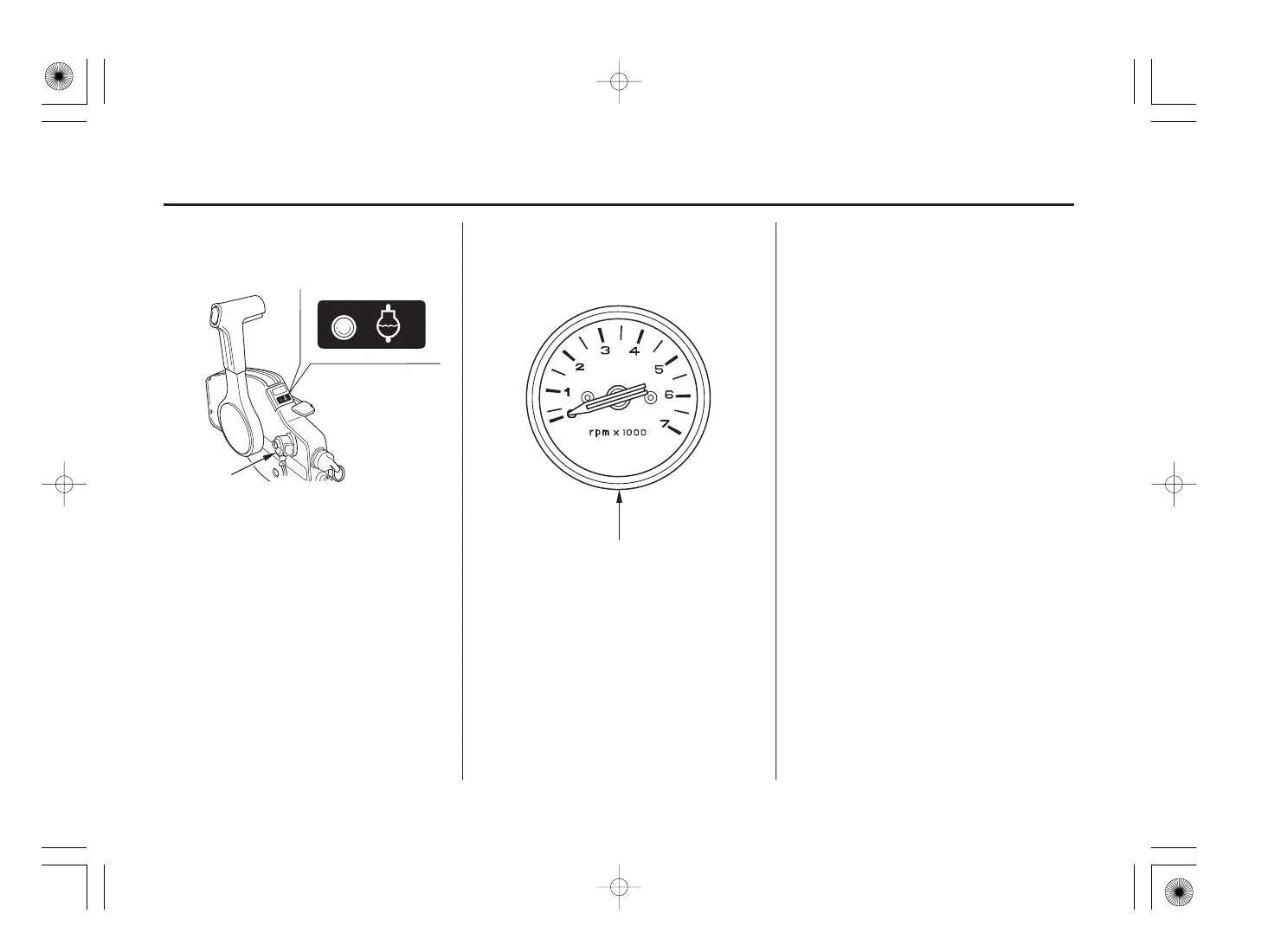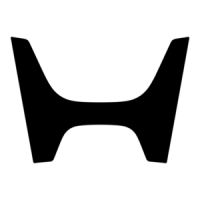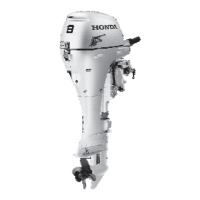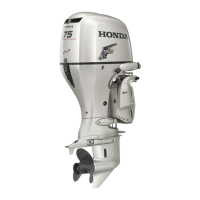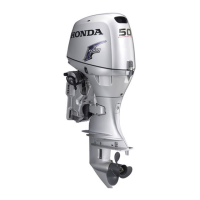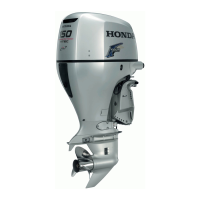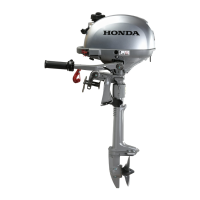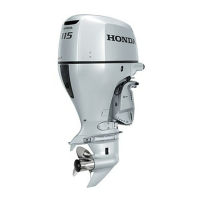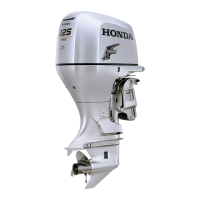Why Honda BF8D Outboard Motor starter motor doesn’t turn over?
- CCody SnyderAug 1, 2025
If the starter motor on your Honda Outboard Motor doesn’t turn over, it could be due to several reasons: * The engine switch may be OFF, so turn the engine switch key to START. * The shift lever may not be in NEUTRAL, so set the shift lever in NEUTRAL. * A fuse might be blown, so replace the fuse. * The battery connector may be loose, so connect the battery cable securely.

